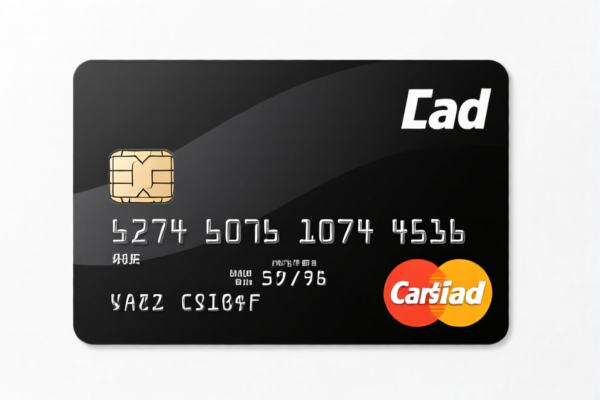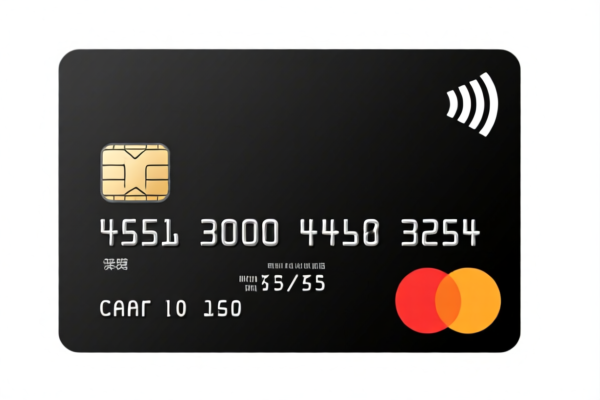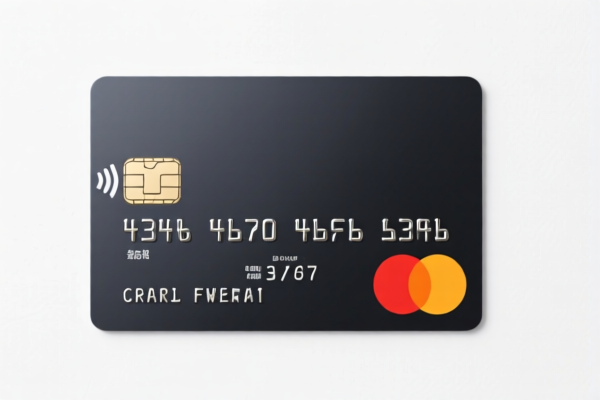| HS Code | Official Doc | Tariff Rate | Origin | Destination | Effective Date |
|---|---|---|---|---|---|
| 6810110010 | Doc | 58.2% | CN | US | 2025-05-12 |
| 6810110070 | Doc | 58.2% | CN | US | 2025-05-12 |
| 6801000000 | Doc | 57.8% | CN | US | 2025-05-12 |
| 6801000000 | Doc | 57.8% | CN | US | 2025-05-12 |
| 7016901010 | Doc | 63.0% | CN | US | 2025-05-12 |
| 7016901050 | Doc | 63.0% | CN | US | 2025-05-12 |
| 7115900590 | Doc | 55.0% | CN | US | 2025-05-12 |
| 7115900530 | Doc | 55.0% | CN | US | 2025-05-12 |
| 7204490080 | Doc | 55.0% | CN | US | 2025-05-12 |
| 7204490020 | Doc | 55.0% | CN | US | 2025-05-12 |
| 7206100000 | Doc | 30.0% | CN | US | 2025-05-12 |
| 7206900000 | Doc | 30.0% | CN | US | 2025-05-12 |
| 7203100000 | Doc | 55.0% | CN | US | 2025-05-12 |
| 7203900000 | Doc | 55.0% | CN | US | 2025-05-12 |
| 7326908688 | Doc | 82.9% | CN | US | 2025-05-12 |
| 7325995000 | Doc | 82.9% | CN | US | 2025-05-12 |
| 7325991000 | Doc | 80.0% | CN | US | 2025-05-12 |
| 6904100010 | Doc | 55.0% | CN | US | 2025-05-12 |
| 6904100020 | Doc | 55.0% | CN | US | 2025-05-12 |
| 6914104000 | Doc | 55.0% | CN | US | 2025-05-12 |
| 6914108000 | Doc | 64.0% | CN | US | 2025-05-12 |
| 3926909400 | Doc | 55.0% | CN | US | 2025-05-12 |
| 3920995000 | Doc | 60.8% | CN | US | 2025-05-12 |
| 3920991000 | Doc | 61.0% | CN | US | 2025-05-12 |




Card Brick
A card brick, commonly referred to simply as a brick, is a standardized, rectangular block of fired clay or concrete used as a fundamental building material in masonry construction.
Material
Historically, bricks were predominantly made from clay, but modern production incorporates a wider range of materials. Common types include:
- Clay Bricks: Produced from various clay compositions, offering different strengths, colors, and textures. These are further categorized into common brick, face brick, engineering brick, and refractory brick based on quality and application.
- Concrete Bricks: Made from a mixture of cement, sand, aggregate, and water. They are generally more uniform in size and shape than clay bricks and can be produced in a wider range of colors.
- Calcium Silicate Bricks: Manufactured from sand, lime, and cement, offering good thermal insulation and soundproofing properties.
- Fly Ash Bricks: An eco-friendly option utilizing fly ash (a byproduct of coal combustion) as a key ingredient, reducing environmental impact.
Purpose
The primary purpose of card bricks is to provide structural support and enclosure in buildings and other structures. They are used to construct:
- Walls: Load-bearing and non-load-bearing walls are a primary application.
- Foundations: Used in foundation construction, particularly in older buildings.
- Paving: Bricks can be used for walkways, patios, and driveways.
- Arches & Vaults: Specialized brick shapes and arrangements are used to create arches and vaults.
- Chimneys & Fireplaces: Refractory bricks are specifically designed to withstand high temperatures.
Function
Bricks function through compressive strength. Their rectangular shape allows for efficient stacking and bonding with mortar, distributing weight evenly and creating a stable structure. Key functional aspects include:
- Load-Bearing Capacity: Ability to withstand vertical loads from roofs, floors, and other structural elements.
- Thermal Mass: Clay bricks, in particular, provide significant thermal mass, helping to regulate indoor temperatures.
- Durability: Bricks are resistant to weathering, fire, and decay, offering long-lasting performance.
- Aesthetic Appeal: Bricks provide a variety of colors, textures, and patterns, contributing to the visual appearance of buildings.
Usage Scenarios
Bricks are used in a wide range of construction projects, including:
- Residential Buildings: Houses, apartments, townhouses.
- Commercial Buildings: Offices, retail stores, warehouses.
- Industrial Buildings: Factories, power plants, storage facilities.
- Infrastructure: Bridges, tunnels, retaining walls.
- Landscaping: Walkways, patios, garden features.
Common Types
- Common Brick: The most basic type, used for general construction purposes, typically concealed behind a facing material.
- Face Brick: High-quality brick with a consistent color and texture, used for exterior walls and visible surfaces.
- Engineering Brick: Dense, strong brick used for heavy-duty applications like foundations and retaining walls.
- Refractory Brick: Designed to withstand extremely high temperatures, used in fireplaces, chimneys, and industrial furnaces.
- Paving Brick: Specifically manufactured for paving applications, often with a textured surface for increased traction.
- Hollow Block: Concrete bricks with voids, offering reduced weight and improved insulation.
Based on the provided information, the following HS codes are relevant to “card brick”:
- 6904100010: Ceramic building bricks, flooring blocks, support or filler tiles and the like: Building bricks Solid bricks: Heat insulating. This code covers ceramic building bricks specifically designed for heat insulation.
- 6904100020: Ceramic building bricks, flooring blocks, support or filler tiles and the like: Building bricks Solid bricks: Other. This code applies to ceramic building bricks that are solid but do not have heat-insulating properties.
- 3926909400: Other articles of plastics and articles of other materials of headings 3901 to 3914: Other: Cards, not punched, suitable for use as, or in making, jacquard cards; Jacquard cards and jacquard heads for power-driven weaving machines, and parts thereof; and Transparent sheeting of plastics containing 30 percent or more by weight of lead. This code covers cards made of plastic, intended for use in weaving machines (jacquard cards).
Explanation of HS Code Structure (based on provided reference material):
The HS code is a six-digit code organized as follows:
- Chapter (First two digits): Indicates the broad category of the product. For example, Chapter 69 covers "Ceramic products" and Chapter 39 covers "Plastics and articles thereof".
- Heading (Next two digits): Further specifies the product within the chapter. For example, Heading 6904 covers "Ceramic building bricks" and Heading 3926 covers "Other articles of plastics".
- Subheading (Last two digits): Provides an even more detailed description of the product. For example, Subheading 690410 covers "Solid bricks" and Subheading 392690 covers "Cards".
Proactive Suggestions:
Regarding HS code 6904100010 and 6904100020, the reference material does not specify any particular declaration precautions or required documents. However, for HS code 3926909400, the reference material indicates that the cards are made of plastic and may contain 30 percent or more by weight of lead. Please verify the material composition of the cards to ensure accurate classification.
Customer Reviews
No reviews yet.